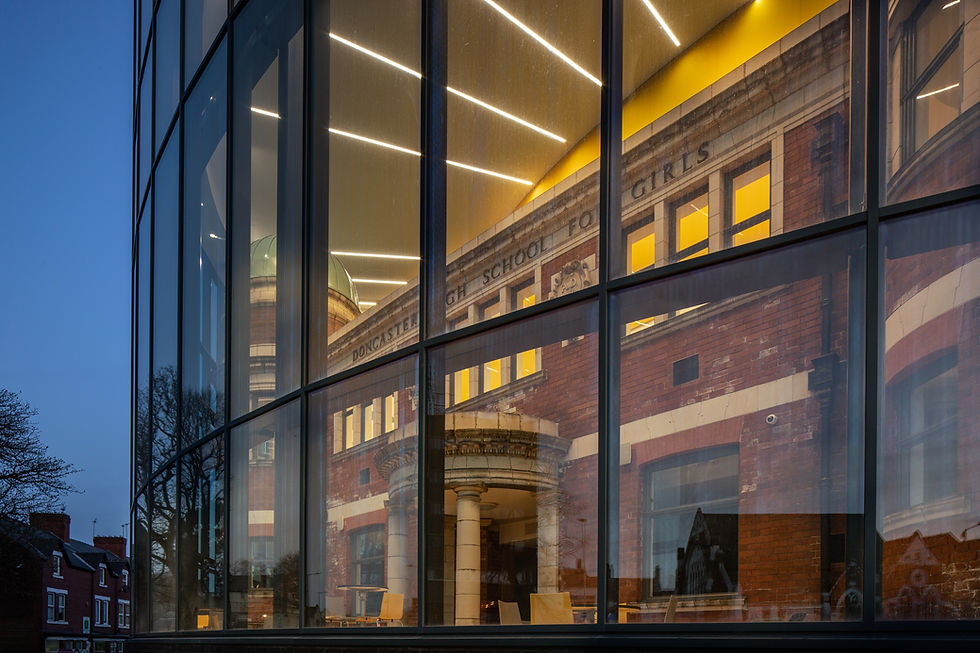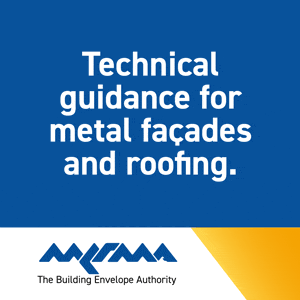Fixing structural damage in heritage buildings
- Specify & Build
- May 28
- 3 min read
John Heseltine, General Manager of the Helifix brand at Leviat, investigates the masonry repair options available to engineers and specialist contractors in the heritage sector.
Our nation’s architectural heritage needs preserving and we have a responsibility to encourage the retention and reuse of existing buildings. When it comes to the repair of old masonry and preventing structural issues in listed or heritage structures, it’s crucial that remediation work doesn’t alter the appearance and structural function of the building.
Repairing masonry, whether in heritage or contemporary buildings, requires a thorough understanding of the existing construction’s form and condition. Accurately diagnosing the causes of structural defects is vital to ensure appropriate repairs are made. Without a proper assessment, repairs can be ineffective or even damaging to the original structure. In heritage buildings, repeated repairs are particularly undesirable due to the potential cumulative impact on the building.

Maintaining structural integrity
Repair solutions should be designed to maintain the visual appearance of heritage buildings while effectively addressing underlying structural issues. Lightweight, high-grade stainless-steel products provide strength and flexibility without compromising the building’s original appearance. Helifix remedial solutions have been refined over 40 years, retaining the integrity of important buildings while providing the necessary structural support. The goal is always to deliver repairs that are as unobtrusive as possible, reinforcing the structure without accelerating the deterioration of original materials.
Repair methods for cracking and movement
Historic masonry buildings often face issues such as cracking or movement. A combination of products can address these problems, depending on the specific needs of the building. This may or may not include techniques outside of the simple reinforcement of the building superstructure. Common methods include stitching cracks and tying masonry façades back to the core of the building. These interventions are typically much less visually invasive than traditional methods and tend to have shorter project timelines. The aim is to restore the structural integrity of the building while minimising the impact on its appearance and function.

Using lime mortars
Lime mortars are often preferred due to their compatibility with older building techniques and are ideal for re-pointing and re-bedding of masonry wherever possible. Unfortunately, the bond strength and compressive strength of ‘genuine’ lime products does not allow their use for many structural applications. In these cases, discreet modern materials avert concerns over the changing passage of water leading to freeze/thaw damage, while also avoiding the creation of rigid sections that could cause cracking.
Concealed products
One of the key advantages of modern repair solutions is their ability to provide structural support without being visible. U sing concealed repair products ensures the aesthetic integrity of the heritage building is preserved. This minimises disruption to the original design while still providing effective structural reinforcement. Many of these repairs have proven to last for decades, with installations still effective 25 years after their completion. These concealed repair products are proven on many Grade I listed buildings and other significant structures across the world, providing long-lasting, environmentally friendly repairs.

Consult conservation professionals
Conservation professionals play a crucial role in ensuring that masonry repairs are compatible with a building’s original construction techniques and materials. They must assess each building individually, taking into account its historical context, materials and construction methods. Leviat works closely with conservation experts, offering advice and sharing its expertise to ensure that all repair methods and materials are appropriate for the specific needs of the structure. The company also provides educational opportunities, including a two-day residential course on masonry survey and diagnosis. This is essential because only trained and approved installers can carry out the installation of Helifix remedial products, so the repair works can be covered by a warranty.
The preservation and repair of heritage buildings is a delicate process that requires a combination of skill, experience and thoughtful consideration. Using modern, discreet repair solutions, the structural integrity and aesthetic value of these buildings can be maintained. Early collaboration and a commitment to sustainability ensures that appropriate methods are employed, in turn supporting the conservation of our cultural heritage.
.png)























































.png)

